
7 Essential Features to Look for When Future-proofing Your CMS
To future-proof, courts need a strong foundational case management system that will fully meet their needs now and be component-ready for the future.
Information that you can use right now.

To future-proof, courts need a strong foundational case management system that will fully meet their needs now and be component-ready for the future.

Courts that implement a reminder system are seeing higher appearance rates, more timely payments, improved caseflow, and better relationships with the communities they serve.

When the case is flowing, the work is flowing… or is it? We hear caseflow and workflow used interchangeably in many courts, and the truth is, they’re distinct functions that both need to be moving along smoothly to serve your community.
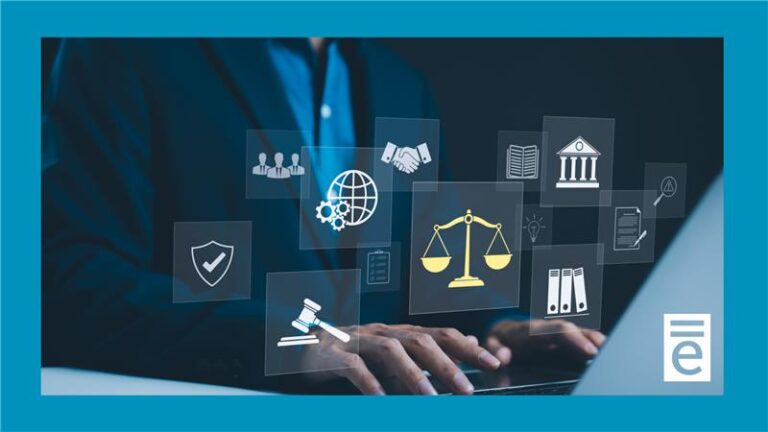
When the case is flowing, the work is flowing… or is it? We hear caseflow and workflow used interchangeably in many courts, and the truth is, they’re distinct functions that both need to be moving along smoothly to serve your community.

When the case is flowing, the work is flowing… or is it? We hear caseflow and workflow used interchangeably in many courts, and the truth is, they’re distinct functions that both need to be moving along smoothly to serve your community.
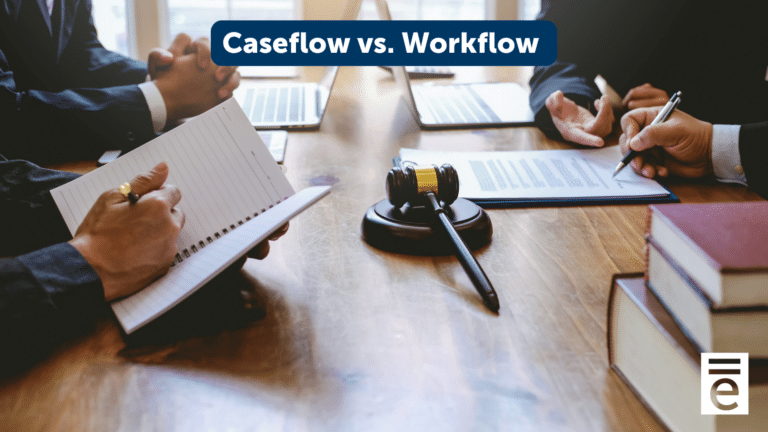
When the case is flowing, the work is flowing… or is it? We hear caseflow and workflow used interchangeably in many courts, and the truth is, they’re distinct functions that both need to be moving along smoothly to serve your community.

Courts and administrative law agencies face the growing need to modernize systems and processes. The greatest challenge involves managing change in a way that maintains operational continuity while embracing new technologies. Because of this, strategic
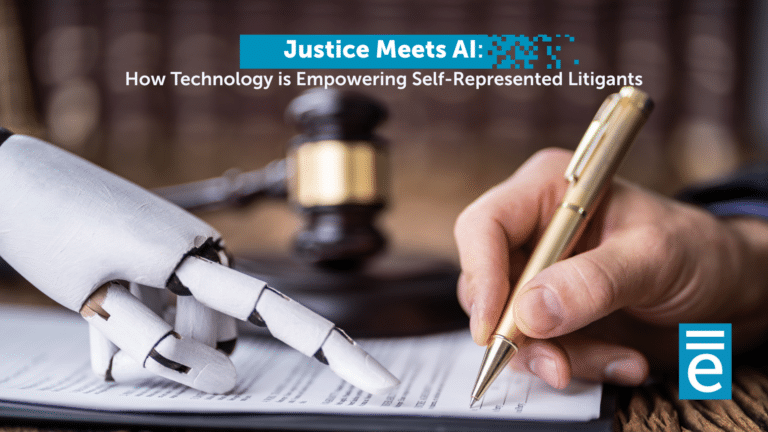
In courtrooms across the country, a quiet revolution is underway. As legal systems wrestle with the rising number of individuals navigating the justice system without legal representation, artificial intelligence (AI) is emerging as a powerful

For both courts and administrative law agencies, managing cases efficiently and effectively is crucial. A Case Management System (CMS) is a powerful tool designed to streamline and enhance the management of cases from inception to
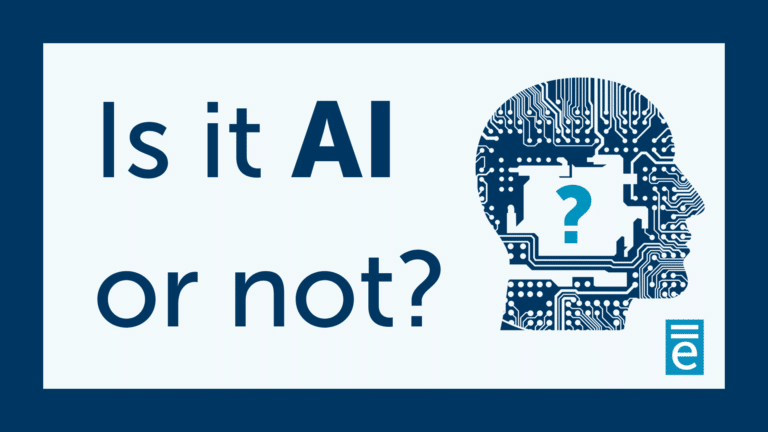
We’ve all encountered AI in some capacity, and it’s becoming increasingly integrated into our lives. However, there’s still confusion about what AI truly entails. In this post, we’ll discuss the reasons behind this confusion, the various types of AI, its current applications in the justice industry, and how to prepare for its future impact.
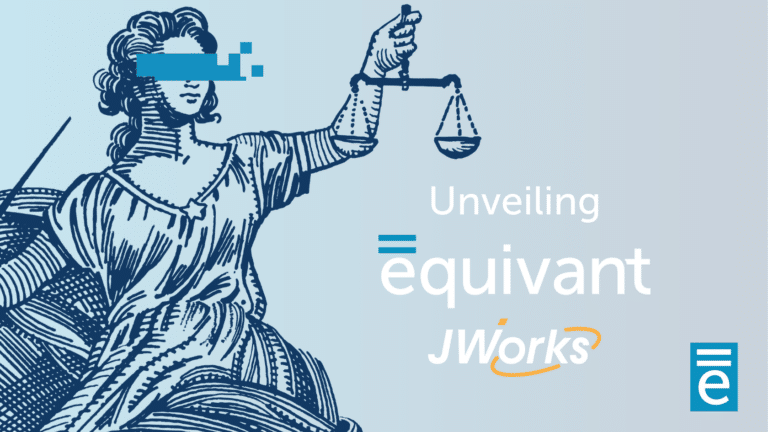
equivant’s JWorks CMS enhances court efficiency with automated workflows, advanced search, and data sharing. Discover its key features in our new video.
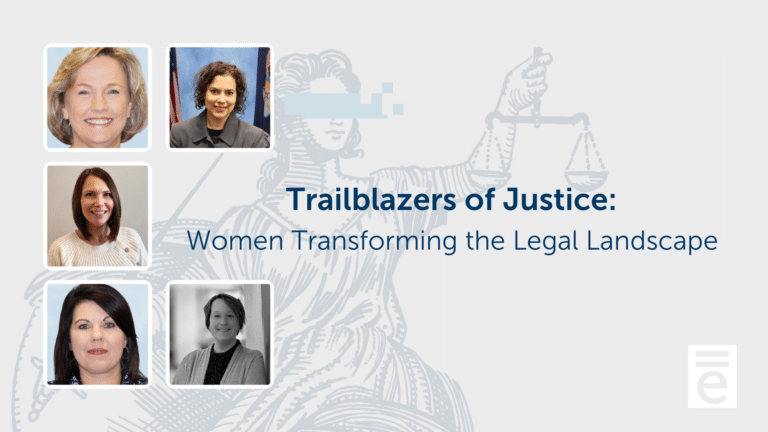
Explore the key components and challenges of effective data governance in the justice industry. Learn how accurate data capture, adherence to standards, and frameworks like NODS and ECF ensure data integrity, security, and public trust. Discover the role of AI in enhancing data management and how to overcome obstacles to implement a robust data governance framework.